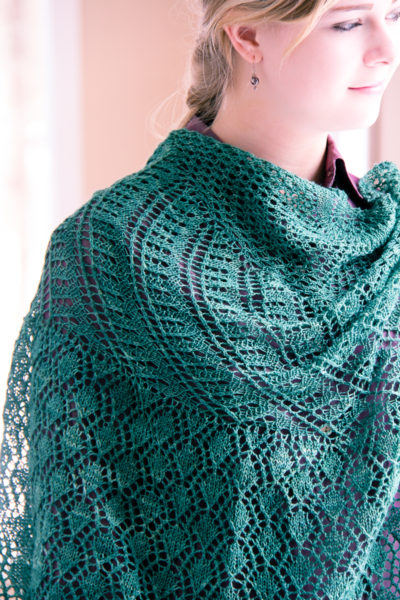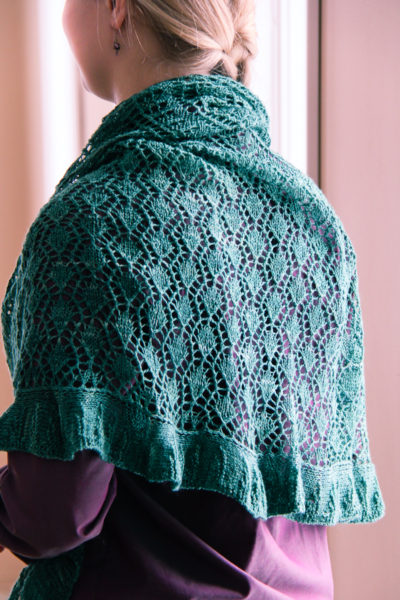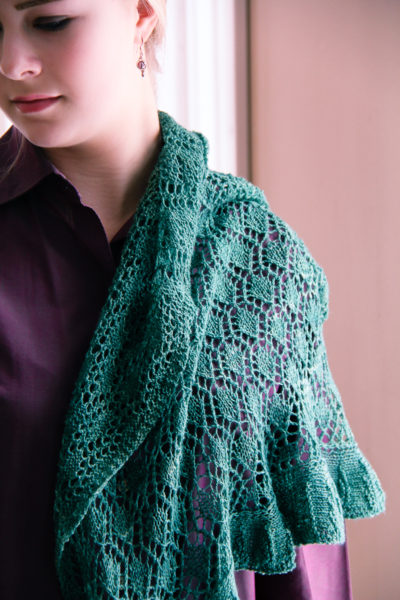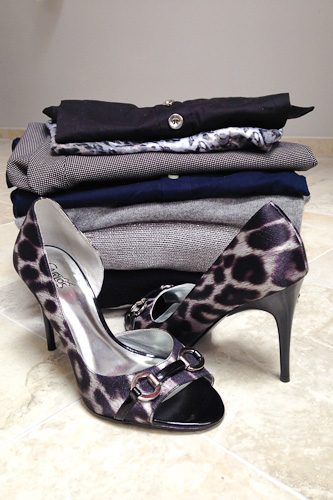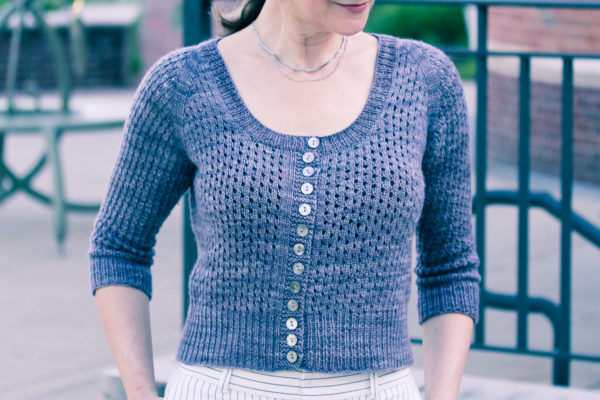
A feminine cropped cardigan with geometric eyelets, Lorem Ipsum is knit seamlessly from the top down, incorporating simple lace with the techniques of raglan sweater knitting. In graphic design, Lorem Ipsum dolor sit amet begins the scrambled Latin text often used as a placeholder, focusing attention on the style elements of a document. Likewise, this easily-memorized, small scale pattern highlights the raglan sleeves and deeply scooped neckline, without competing. The lace is designed to flow without interruption around the cardi, transitioning to a flattering single rib hem, cuffs and neckline. With a simultaneously worked garter button band and minimal finishing, the focus is all on style in this flattering little sweater.
Construction: Lorem Ipsum is cast on at the neckline and worked in an allover lace pattern, with raglan construction and a deep front scoopneck. Sleeves are divided and put on hold, while the body is worked straight to the hem. Slim bracelet length sleeves are then worked with shaping to the cuffs. Finally, stitches are picked up all along the front edge and neck, and a 1” ribbed buttonband is worked with yarnover buttonholes.
Techniques & Skills Used: raglan construction, knit/purl, increasing/decreasing in pattern, cable CO, backwards loop CO. Stitch patterns are both written and charted, and include instructions for shaping the raglan sleeves in pattern.
Size: 32.75 (34.5, 36, 37.75, 39.25, 42.5, 44.75, 48, 50.5)” bust; sample shown in third size worn with 1” of positive ease.
Yarn: Malabrigo Yarn Finito (100% merino wool; 200 yards/183m/50g), shown in Plomo; 4 (4, 4, 4, 5, 5, 6, 6, 7) skeins, or approximately 650 (700, 750, 800, 850, 1000, 1100, 1200, 1300) yards of fingering weight yarn.
Other Materials: US 5 (3.75mm) 32” circular needle or size to match gauge; Stitch markers (10); Stitch holders (2); Yarn needle; ½” buttons, 12 (12, 13, 14, 14, 15, 16, 17, 18 ); Matching sewing thread and needle.
Gauge: 20 st and 32 rows/4” in Eyelet pattern; after steam blocking.
See it on Ravelry or on Payhip, to read more or purchase the pattern. 


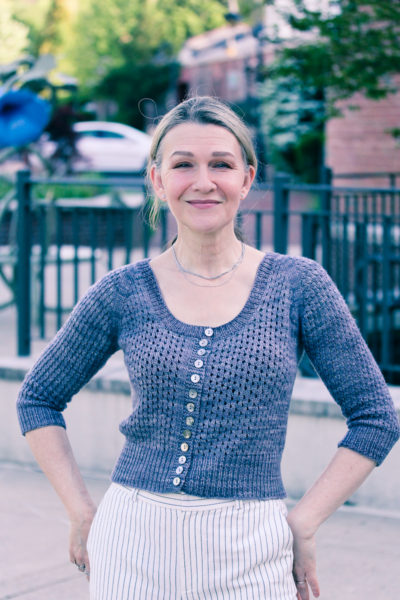
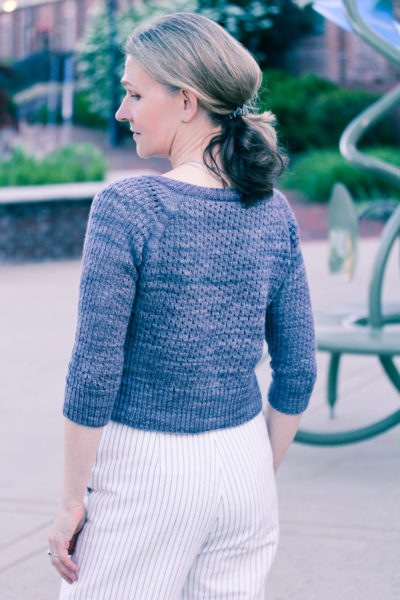


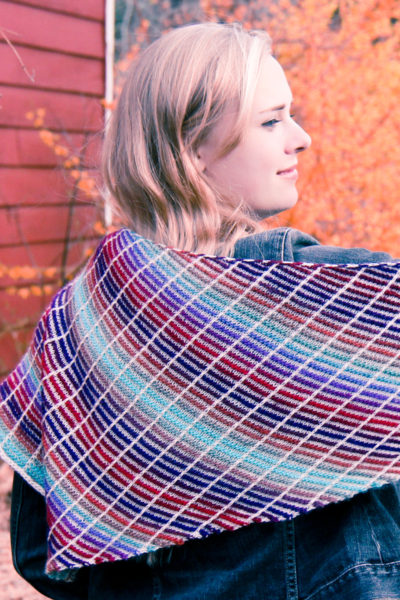
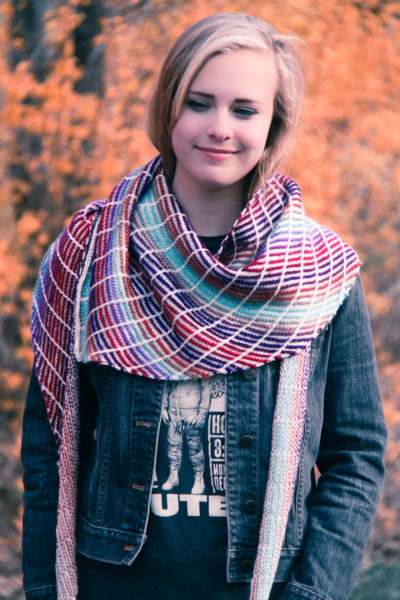
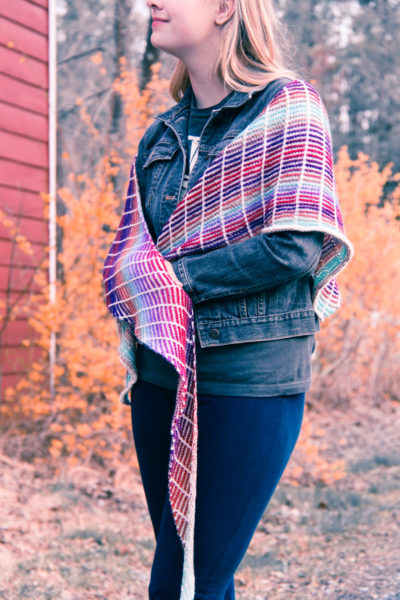
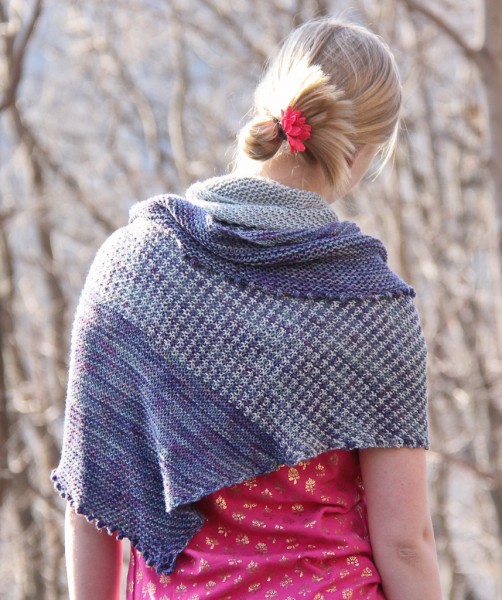

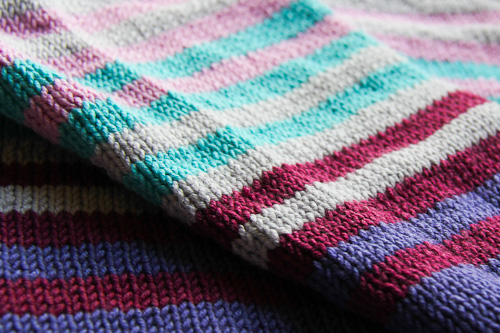

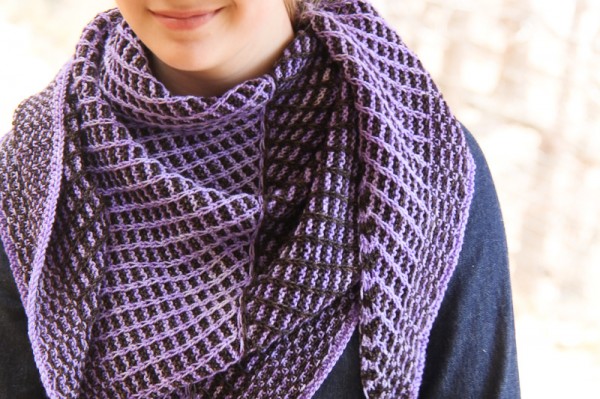
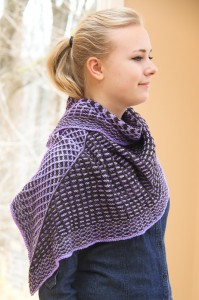
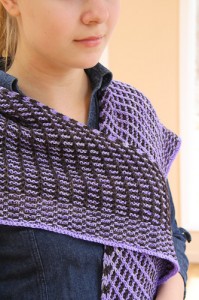
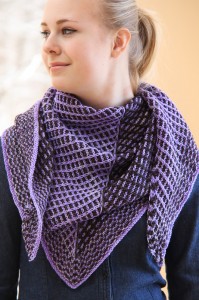
 d exactly the kinds of things I like to knit. Having a design published is always exciting, but I’m extra-jazzed about my Box Pleat Scoopneck sweater, which is in the
d exactly the kinds of things I like to knit. Having a design published is always exciting, but I’m extra-jazzed about my Box Pleat Scoopneck sweater, which is in the 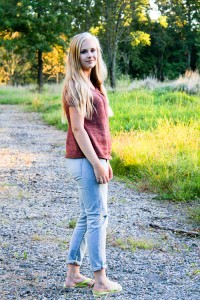
 The Blue Moon Fiber Arts Woobu that was my suggested yarn is a great wool/bamboo blend that knits like wool but adds a little extra drape and sheen perfect for a warmer weather sweater. It was ideal for the early fall, too, when I took these photos.
The Blue Moon Fiber Arts Woobu that was my suggested yarn is a great wool/bamboo blend that knits like wool but adds a little extra drape and sheen perfect for a warmer weather sweater. It was ideal for the early fall, too, when I took these photos.